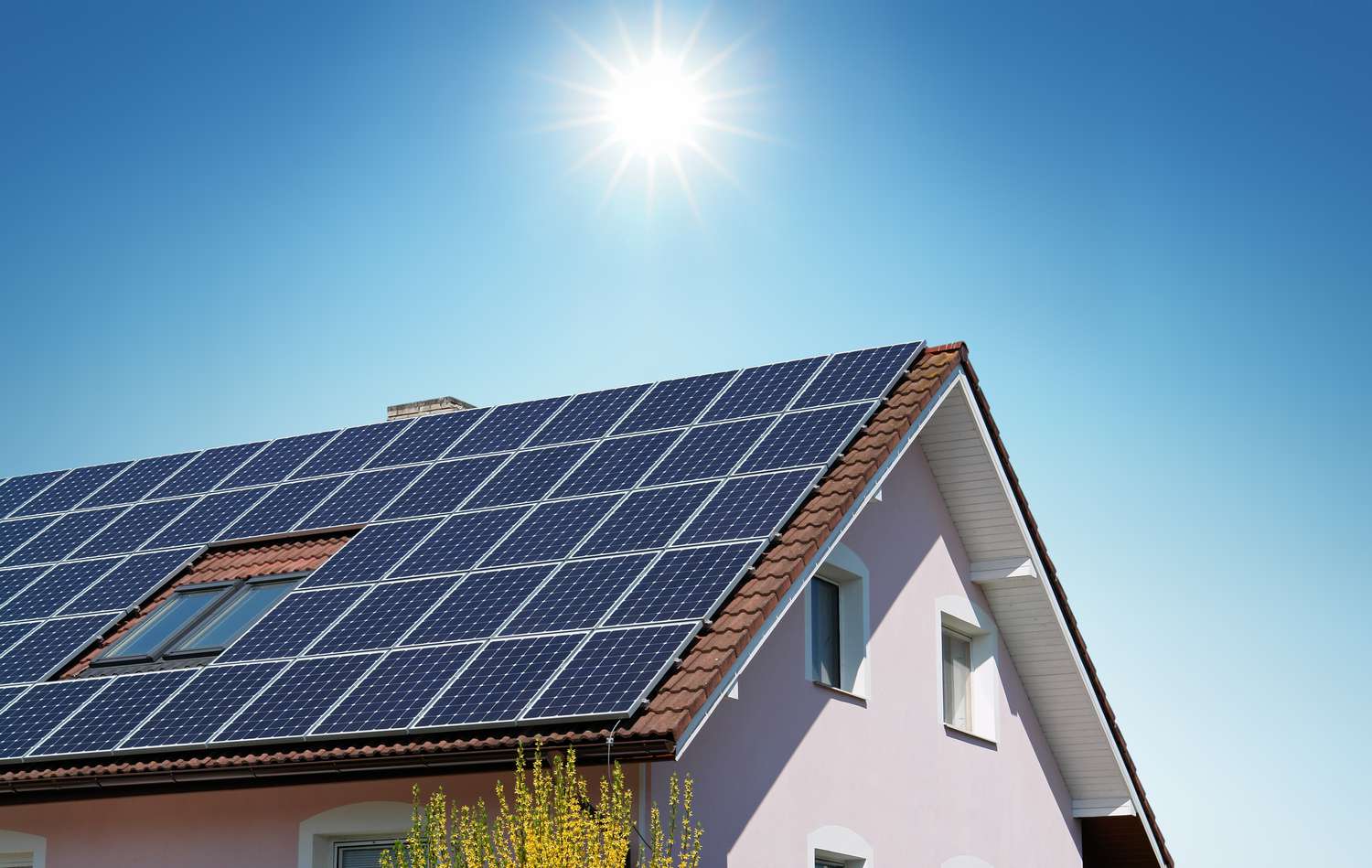
Solar Panel Systems:
Before we explore the cost aspects, it’s essential to understand the basic components of a home solar panel system. A typical system includes solar panels, inverters, mounting structures, wiring, and batteries (optional for energy storage). The number of solar panels and the capacity of the inverter depend on factors like the energy needs of the household and the available rooftop space.
- Solar Panels: Solar panels, also known as photovoltaic (PV) panels, are at the core of any solar power system. These panels are designed to capture sunlight and convert it into electricity. In India, the market primarily offers three types of solar panels: Mono PERC, Polycrystalline, and half cut solar panels, known for their high efficiency, tend to be more expensive.
- Inverters: Inverters play a vital role in converting the direct current (DC) electricity generated by solar panels into alternating current (AC), which is suitable for use in homes. There are different types of inverters, including string inverters and microinverters. String inverters are cost-effective but come with a single point of failure, while microinverters, though more expensive, offer enhanced performance, especially in shaded areas.
- Mounting Structures: Solar panels need a robust and secure mounting structure, which can either be ground-mounted or rooftop-mounted. The choice depends on factors such as available space and local climate conditions. Adjustable mounts that optimize the angle of the panels for maximum sunlight exposure can add to the overall cost.
- Batteries (Optional): For those looking to store excess energy generated during the day for later use, batteries become an optional but significant component. While batteries add to the initial cost, they offer energy independence and resilience during power outages.
Factors Influencing Home Solar Panel System Installation Costs:
- Solar Panel Efficiency and Type: The efficiency of solar panels directly influences the overall cost. High-efficiency panels are more expensive but can generate more electricity in a limited space. Monocrystalline panels, with their higher efficiency, tend to be costlier than polycrystalline or thin-film options.
- System Capacity: The size of the solar power system needed is determined by the energy consumption of the household. Larger systems with higher capacities will naturally come with a higher upfront cost. Conducting a detailed energy audit can help pinpoint the optimal system size for a specific home.
- Inverter Type: The choice of inverters contributes to the overall cost. While string inverters are more cost-effective, microinverters offer advantages in terms of performance, especially in scenarios where shading is a concern.
- Mounting Structures and Installation Complexity: The type of mounting structure and the complexity of installation are significant cost drivers. Ground-mounted systems, which require additional materials and labor, tend to be more expensive than Solar rooftop installations. Likewise, installations on complex roof designs may incur higher costs.
- Quality of Components: The quality of solar panels, inverters, batteries, and other system components affects both performance and longevity. Investing in high-quality equipment may increase the initial cost but can result in better efficiency and durability over the system’s lifespan.
- Government Subsidies and Incentives: In India, various government schemes at both the state and central levels offer subsidies and incentives to promote solar adoption. These can substantially reduce the overall cost of installation, making solar power more accessible to a broader demographic.
- Installation Charges: The installation charges cover labor, equipment, and associated costs. Opting for a reputable and experienced installer ensures a smooth installation process, minimizing the risk of issues that could lead to additional expenses.
Cost Breakdown:
As of 2024, the average cost of installing a home solar panel system in India can vary widely, ranging from INR 1.5 lakh to INR 5 lakh or more. Let’s break down these costs to understand the distribution of expenses.
- Solar Panels:
- Solar Panel cost is a significant portion of the overall expenditure. High-efficiency monocrystalline panels can cost more per watt compared to polycrystalline or thin-film options.
- On average, the cost of 1 kw solar panels can range from INR 37,500 to INR 42,000, depending on the wattage and type.
- Inverters:
- Inverters contribute to the cost, with micro inverters being more expensive than string inverters.
- The cost of inverters can range from INR 20,000 to INR 80,000 or more, depending on the type and capacity.
- Mounting Structures:
- Ground-mounted systems are generally more expensive than rooftop installations.
- The cost of mounting structures can range from INR 10,000 to INR 50,000, depending on the complexity and type.
- Batteries (Optional):
- Batteries, if opted for, add an extra layer of cost to the installation.
- The cost of batteries can vary widely, ranging from INR 20,000 to INR 1 lakh or more, depending on capacity and brand.
- Quality of Components:
- Investing in high-quality components may increase the upfront cost but can result in better performance and longevity.
- The cost difference for high-quality components can vary, with a potential increase of 10% to 30% compared to standard components.
- Government Subsidies and Incentives:
- Government subsidies and incentives can significantly offset the installation cost, like solar rooftop subsidy scheme by govt. of india.
- Subsidies can cover 20% to 70% of the total cost, depending on the region and the specific scheme.
- Installation Charges:
- Installation charges cover labor, equipment, and miscellaneous expenses.
- On average, installation charges can range from INR 20,000 to INR 1 lakh, depending on the complexity of the installation.
